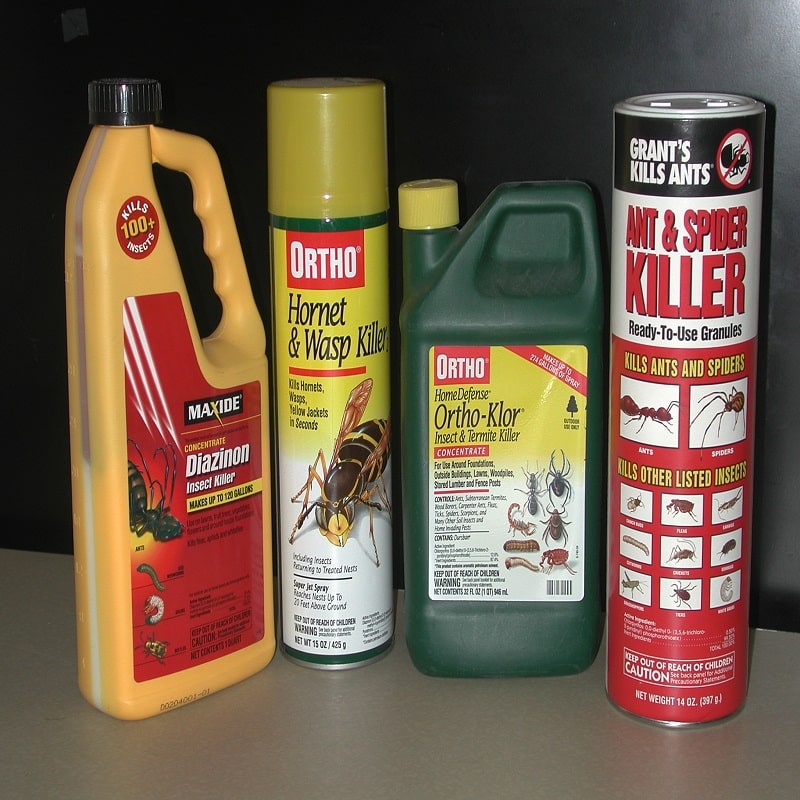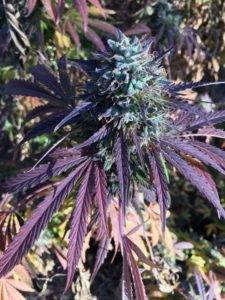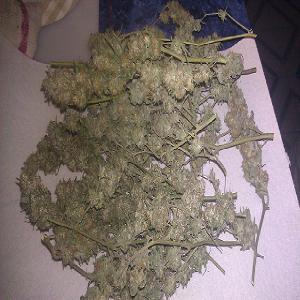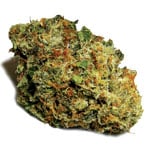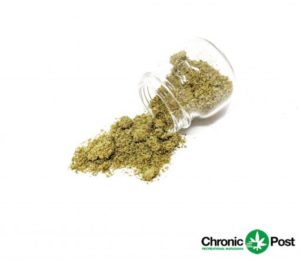 All Cannabis Activists Can Harness The Power Of Twitter
All Cannabis Activists Can Harness The Power Of Twitter
A question was recently posed on a drug policy email list serve that I am on which asked for opinions as to whether using Twitter as a grassroots activist tool can be effective, or if it’s just a waste of time. I was quick to respond with my own opinion, and decided it was an issue that goes far beyond that one group of people and that it deserved its own blog post. So here it is. Consider this a primer for anyone who is the least bit intimidated when it comes to truly learning how to manipulate your effectiveness on Twitter according to the goals you have in front of you. But before you can even start thinking about how to improve your social media game, you need to make sure what you’re doing now is what you should be doing the in the first place.
Let me be blunt. Anyone who claims that using Twitter is a “waste of time” simply doesn’t understand how to maximize its benefits. From my experience with friends and clients, Twitter tends to intimidate people much more so than Facebook, which often leads to it being falsely discredited as an effective social media tool. In reality, most people find it difficult to effectively smash a paragraph into 160 characters while keeping the original underlying message…let alone adding the appropriate @’s and hash tags.
One example of an effective Twitter tactic is the “Tweet Bomb” which is where you ask a group of tweeters to tweet at one person asking them to do something, retweet something to their massive following, or simply respond back to them. It’s a platform that isn’t made for one thing, it’s built to mold to almost any issue you may have. Students for Sensible Drug Policy (SSDP) just recently utilized this tactic targeting John McCain’s daughter (who recently came out in favor of legalization of marijuana) which within a day or so resulted in Meghan McCain tweeting something along the lines of “Thanks to all my new friends in the marijuana movement!” This is a small win for SSDP, but I think it clearly shows that a small group of focused people can create a splash through Twitter fairly easily.
The best part about Twitter is that it’s becoming more popular by the day. Believe it or not, politicians are tweeting more than ever. Politicians (at least the progressive ones and maybe a few younger conservatives) are taking full advantage of Twitter by developing a “character” or “image” for their Twitter accounts by allowing people to connect with the candidate in a way they couldn’t otherwise. They tweet about their day, local events, respond directly to constituent issues, and the list goes on. This makes them vulnerable on a vast array of levels and gives you a chance to utilize this vulnerability to your advantage. Sanho Tree illuminated the power of Twitter with a quote I pulled (with his permission) from a recent email discussion by stating that, “Politically, it’s a priceless tool in holding powerful interests accountable. I think we’re only at the baby steps stage of realizing Twitter’s full potential. If you want to learn about one of the most effective Twitter campaigns to date, read this piece about how my friend Angelo Carusone who started a campaign as a student to get Glenn Beck kicked off of Fox News. He methodically built up more than 26,000 followers and targeted Beck’s advertisers one at a time. He succeeded in getting more than 300 sponsors to drop Beck and eventually got him terminated from Fox entirely.”
If you can get ten people to ask a politician the same question, they essentially have two options.
Their first option is to simply respond. This happens more often than people think because the politician gets creditability points for interacting directly with their potential constituents. Think about it. How much more likely would you be to consider voting for someone if you were able to directly ask them a question and have them respond directly back? The second option is to ignore you. This can be a form of “social media suicide” for a number of reasons. If you have framed your question correctly, and it goes unanswered, the lack of response can be held against them publicly, and they automatically lose points with those paying attention. This tactic can and should be used for targeting individuals, groups, organizations and so on. The thing to keep in mind is that each message needs to be specifically tailored to your target. I call this content framing. There is no surefire formula for getting a response out of @JoeRogan on Twitter, but he’s never going to respond if you never ask. It’s all about the ask.
Content framing is one of, if not THE most important things you need to consider when crafting a tweet or Facebook post that you are hoping will generate a lot of feedback, likes, retweets, or even go “viral”. One of the most common mistakes I see social media teams make on a daily basis in posting the exact same content through Twitter and Facebook.
Let me make this clear, Twitter content and Facebook content should NEVER be the same, EVER!!
I get it, “it’s just so much easier to do everything from one place” and third party social media outlets that put your Twitter, Facebook, and WordPress blog all in one spot just makes you feel like a boss. I will say programs like Tweetdeck and Hootsuite certainly do have their advantages as far as allowing you to keep up with analytics, streams of key words or hash tags that you are following as well as buffering posts to go out when you’re not sitting in front of your computer. But are you really willing to compromise your entire reputation and potential success by minimizing your effectiveness because you are too lazy create separate posts?
Another problem that I’ve seen pop up recently is that when people are cross-posting to Twitter and Facebook through a social media dashboard, they completely forget that (to my knowledge) you can’t tag people’s Facebook accounts, groups, life pages, etc., through them. Hyperlinking on Facebook is a must when sharing content if you wish people to engage in it. If you just put up the URL and Facebook doesn’t recognize it, the chances of someone copying and pasting that bland pictureless URL into their browser is slim to none. Ideally you would be able to tag/hyperlink a Facebook profile like you tag a Twitter account through a dashboard, but I have yet to find one that has developed this functionality. I posted the question on Quora for those of you who would like to follow it, or if you happen to have an answer for this problem, click here.
The bottom line is no one on Facebook wants to see a bunch of @’s and #’s in a post, and no one on Twitter wants to see a full 160 character tweet. It’s annoying and completely defeats the purpose of using Twitter in the first place, which is to cut the fat and get to the point. When I see the same content being published through an organization’s Facebook and Twitter accounts, it just tells me that whoever handling those accounts doesn’t understand the massive difference it makes catering to each outlet individually.
So how do you convert your fatty Facebook post into a straight to the point tweet?
URL shrinkers! I use bit.ly and tinyurl is pretty good as well. Both will allow you to customize your link to say anything you want, which seems like a cool vanity URL function to have, but in reality there are very few instances where you should ever customize your link. Using the link they give you is likely to be much shorter than a vanity URL, and since you are only given 160 characters to get your point across, creating vanity URL’s take up valuable space as opposed to simply shortening the link as is.
How do I get people to retweet me?
One thing to keep in mind in terms of getting retweeted is to leave enough character space in EVERY tweet for people to add a few words. This increases the likelihood that they will retweet you if they can add their two cents. Upwards of 90% of all Twitter posts are retweets, so if you can manage to create original content thats carefully crafted, there’s a good chance you can get people to retweet you.
Twitter has already started to change the political landscape that we live in today. Ways of communication, transparency, and influence are all in constant a flux with tools like Twitter. We are indeed living in an era of social change that can and has been powered by the people, for the people. The idea of this blog post, and many more to come, is to empower you online activists with a few simple tactics to make a big splash on Twitter.
Follow me on Twitter @SeriouslySamuel
Published with special permission from the National Cannabis Coalition






